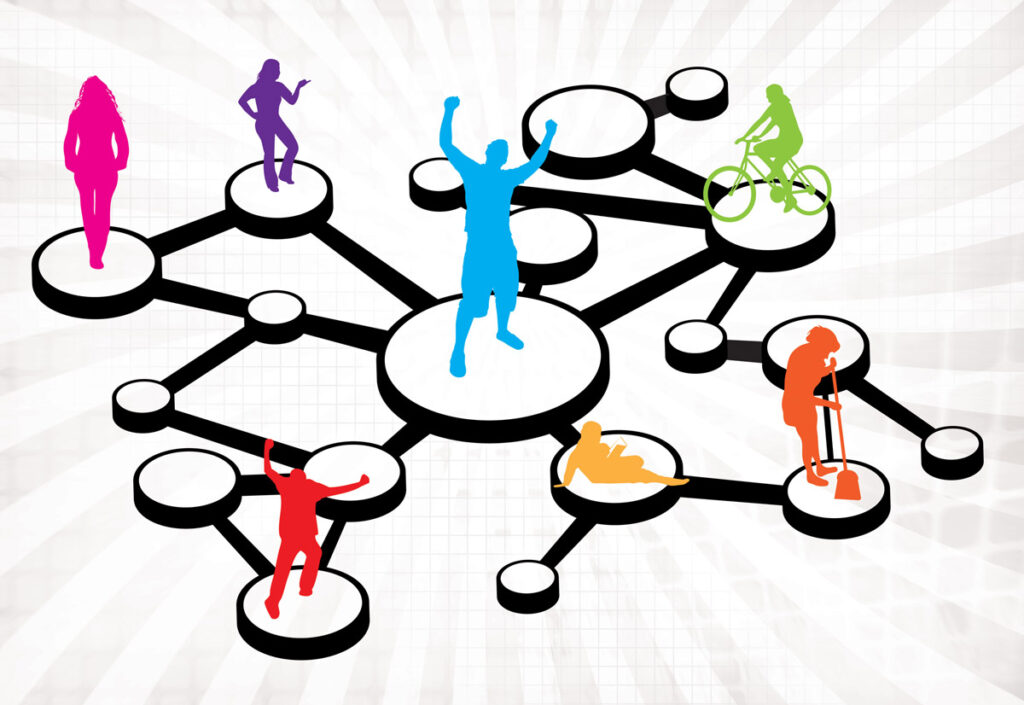Updates, pixels, and trust, oh my.
The set-it-and-forget-it marketing strategies of 2014-2020 have come and gone.
The broad brush, wholesale changes to the core platforms we leverage in our digital marketing approaches–platforms like Facebook, iOS, and Google–have only just begun at this point. Many of the private groups and masterminds I am in have all held the same polls, discussions, and forums. These conversations can all be best summed up on the premise of: where do we go from here? How on earth do we do our jobs when tracking has gone haywire, opt-out rates are the old opt-in rates, and the smoldering powder keg around trust online seems ready to explode?
In this short piece, I want to outline the answer I have consistently given in each and every one of those conversations. I do not mean to imply that these four recommendations are the only steps to take; this is more a list of the practical steps I am taking as the marketing lead of a multi-million dollar global enterprise. And, I think all of these steps are one hundred percent practical whether you are a solopreneur or start-up, through to a burgeoning online brand.
The Four Tactics to Better Marketing This Year and Beyond
1. Show me your list, and I will show you your future.
As platforms continue to evolve, we must think and act like a platform. Many of us actually need to start thinking and behaving like a media outlet in much of our daily, weekly, and monthly content marketing strategy.
In many ways, we have to migrate the weightier parts of our content onto the places and platforms we own –namely our website, our web applications, mobile apps, or email lists. Sure, we still need to feed the beast of the channels like Facebook, Instagram, and YouTube.
But, the more valuable content we create needs to live and breathe on a platform where we have more control and access.
2. Move Paid Social Higher In The Funnel.
The Facebook Pixel was a miracle pill for many online marketers. (Weak Copy + Decent Creative +OK Product) x Phenomenal Algorithm = Predictable Results. And so, the art of the Drapers of the world was largely lost for a season online.
Then, 2021 happened and left us all mad men. In today’s ecosystem, you can still drive conversions; however, your creative and your copywriting are the competitive advantage.
And, since most small businesses do not have incredible creative and copywriting skills in-house, here’s a tip: change your strategy by moving your paid social ads higher in the funnel.
Rather than thinking about it as a conversion channel, think about it as a consumption channel. Consistently saturate the feeds of your ideal customers with highly engaging content. Then, when they have the problem your product solves, you’ll be top of mind because of the value you added along the way.
3. Flywheels, not funnels.
Most of life happens in cycles. The tides. The seasons. The financial markets. However, most online business owners I come across struggle to see their business in the same light. They think about transactions and average order values, rather than referrals and churn rate. When you tap into your greatest marketing advantage – the voices of your satisfied customers – you will find the marketplace leverage you have been looking for.
See, advocate customers spin the wheel of your business. If you think about the funnel in a vertical way, then it becomes really hard for a customer to go “upstream”. When I used to teach funnel building, I often used the Four A’s – Awareness, Attraction, Acquisition, and Activation.
Awareness – Do those who have the problem your product solves even know you are an option?
Attraction – Of the options they know about, what makes you the right one for them?
Acquisition – How easy and satisfying do you make it for your customers to do business with you?
Activation – What are you doing to ensure to get the maximum value they can from your product or service?
In the last few years though, after working with several businesses who understand the premise that it is always easier and more cost effective to sell a current customer a second product rather than to sell a new customer a product, a light bulb moment happened to me.
Great companies add a fifth “A” to the mix. It is called Advocacy. They over-deliver time and time again with their customers on their first, second, and XXX purchases. Then, those customers can’t help but market the product or service themselves. This massive unlock turns what was a linear, one-to-one business relationship between a brand and a buyer, into a phenomenon that now “spins the wheel” of the business as costs on Awareness and Attraction decrease dramatically.
And now you have moved into a world where business gets fun, profits go up, costs go down, and you help a lot of people solve their problems.
4. Move From Informational Marketing to Interactive Marketing
Many of us have long used Video Sales Letters and/or webinars as one of the core engagement mechanisms in online sales and marketing. VSLs and webinars have driven millions of dollars of sales for The ASK Method Company in the last decade; but, as with most viable tactics, those content delivery methods have lost some of their luster over time.
In our business, we really started leaning into two metrics in our webinars: Show Up Rate and Stay Rate. Show Up Rate is the percentage of those people that actually attended the webinar after registering for it. And, Stay Rate was the percentage of people who then stayed to the end of our typical 90-minute webinar.
Suffice it to say, the last few years have seen our Show Up Rates and Stay Rates losing steam considerably. Therefore, some hefty decisions and adjustments were in order.
We broke the mold a bit and started trying a “Workshop-Style” Webinar model over the Classic Webinar angle. These workshops featured a small entry fee of $10-$30, a longer time horizon of 2-3 hours of content, and a one, very large adjustment to the engagement of the attendees.
Rather than attending a one-way professorial webinar with a featured speaker, we hosted these workshops over Zoom meetings and had everyone turn their cameras on so they could be seen participating.
And the magic happened.
First, Michael Hyatt says that “when people pay, they pay attention.” Our Show Up Rates ballooned from the mid to low teen to the LOW 90+% range. And, our Stay Rates followed suit, consistently staying in the 85%-90% range on two and three hour long workshops!
And, of course, if those two rates go up that much, even if your sales conversion rates stay flat as a percentage, you will automatically sell more because you are pitching to more people.
But, as you may have guessed, our sales rates went up too, because the attendees were so bought in and primed by the incredibly engaging content they just experienced.
We were sold.
Now, we use the Workshop-styled Webinar model as a staple in our business without overdoing it. If you are selling in the knowledge economy, expert or guru space, or if you have a product or service that bears some unpacking or explaining, then I highly encourage you to try this tactic in your business.
I hope you will apply all four of these tactics to your business in the coming weeks, as each of them has done so much for the performance of our business recently. If you have any questions, you can always find me on LinkedIn and shoot me a DM. I am the only Trey Sheneman there.



